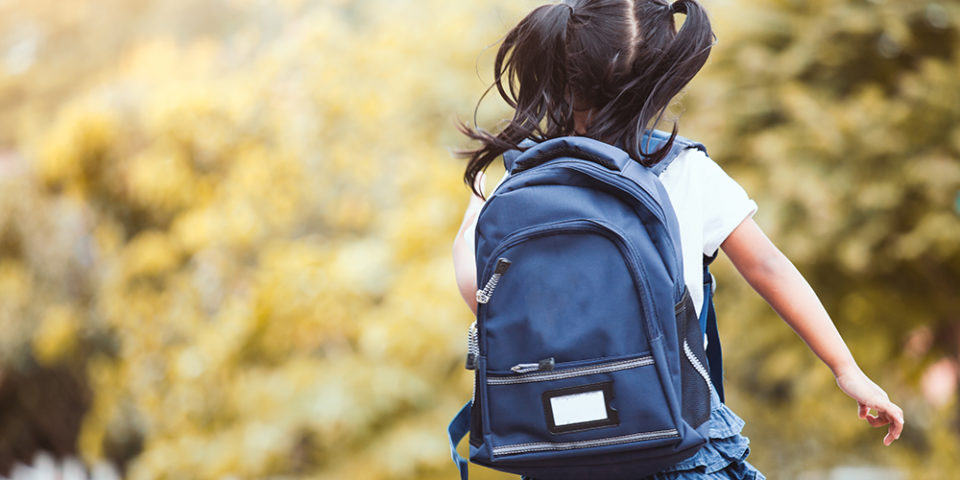Avoid injury with these backpack safety tips
A new school year is just around the corner and parents are busy stocking up on school supplies. With backpacks topping most students’ checklists, Mark Locke, MD, offered some backpack safety tips to keep in mind when purchasing and using book bags.
“Back pain is not an uncommon complaint for children and adolescents, particularly those in middle school. It seems that every year the books get thicker and book bags get heavier,” said Dr. Locke.
Parents may have the concern that book bags contribute to spinal deformities such as scoliosis, but there is clear medical evidence that there is no link between heavy book bags and scoliosis.
The Consumer Product Safety Commission estimates that nearly 5,000 emergency room visits each year are due to injuries related to book bags. Many students have no lockers, or they might have limited access to lockers between classes because of security or disciplinary issues.
“Twenty years ago, it was rare for a child to complain of back pain. Now, this type of pain is seen daily,” said Dr. Locke. Book bag related pain seems to be most prevalent in middle school-aged children, who sometimes carry loads of up to 20% of their body weight. Heavy book bags and those carried on one shoulder can contribute to postural problems. Rolling book bags are an option, but they’re not a solution. Although it is better to pull than to carry heavy books, rolling bag weight can lead to its own set of problems, such as arm and leg pain.
Book bag and backpack injuries are avoidable. Here are a few backpack safety tips to keep in mind before sending your child off to school:
- Use both shoulder straps
- Lap belts or roller bags may be helpful
- Pack heavy items close to back
- Keep the weight of the bag less than 15% of body weight
Dr. Locke urged parents to weigh their children’s book bags and to notice if the child tends to lean forward while wearing the backpack. “That’s a sign that it is too heavy,” he said. It is also recommended that children do core strengthening exercises, such as Zumba, Pilates or yoga plank poses.
If a child is having back pain, the newest recommendation from the American Academy of Pediatrics is to schedule an MRI because it has no radiation, as compared to a CT scan or an X-Ray.
“As technology advances in the classroom, children will likely carry electronics rather than books. Hopefully this issue will be a problem of the past,” said Dr. Locke.
Find the care you need, close to home
Our primary care physicians provide well visits and everyday care when you need it with compassion and expertise.
Find Primary Care Near You

